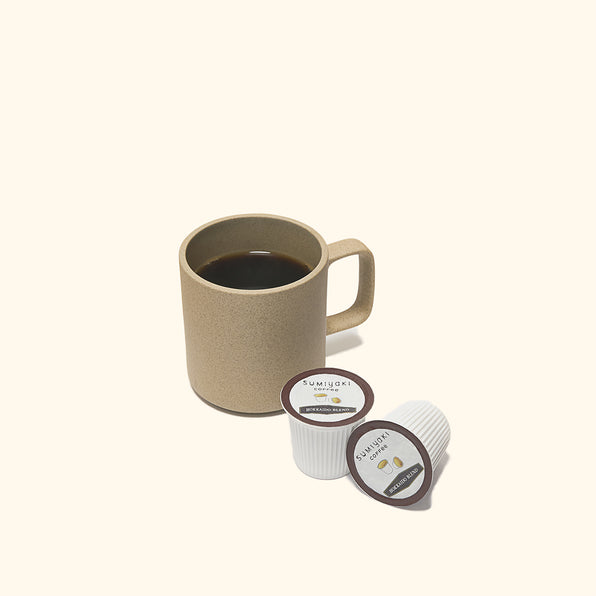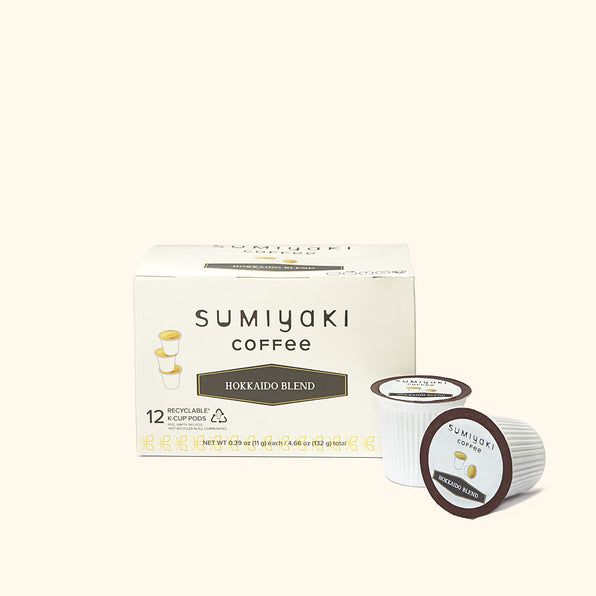Black Friday Sale Ends in
Days
Hours
Minutes
Seconds
Coffee Gift Set
Experience the Sumiyaki difference with one of our premium gift sets. Sumiyaki is a unique Japanese brewing method using Binchotan (備長炭) charcoal to roast premium coffee beans. The high, steady heat combined with alkalized ashes helps enhance the taste and aroma of the coffee beans. This process produces a distinctive, full-bodied flavor with a smooth yet smoky aftertaste. This hidden treasure will surely delight those seeking the most extraordinary coffees in the world. Gift yourself with an unrivaled experience today and get up to 30% off.
























